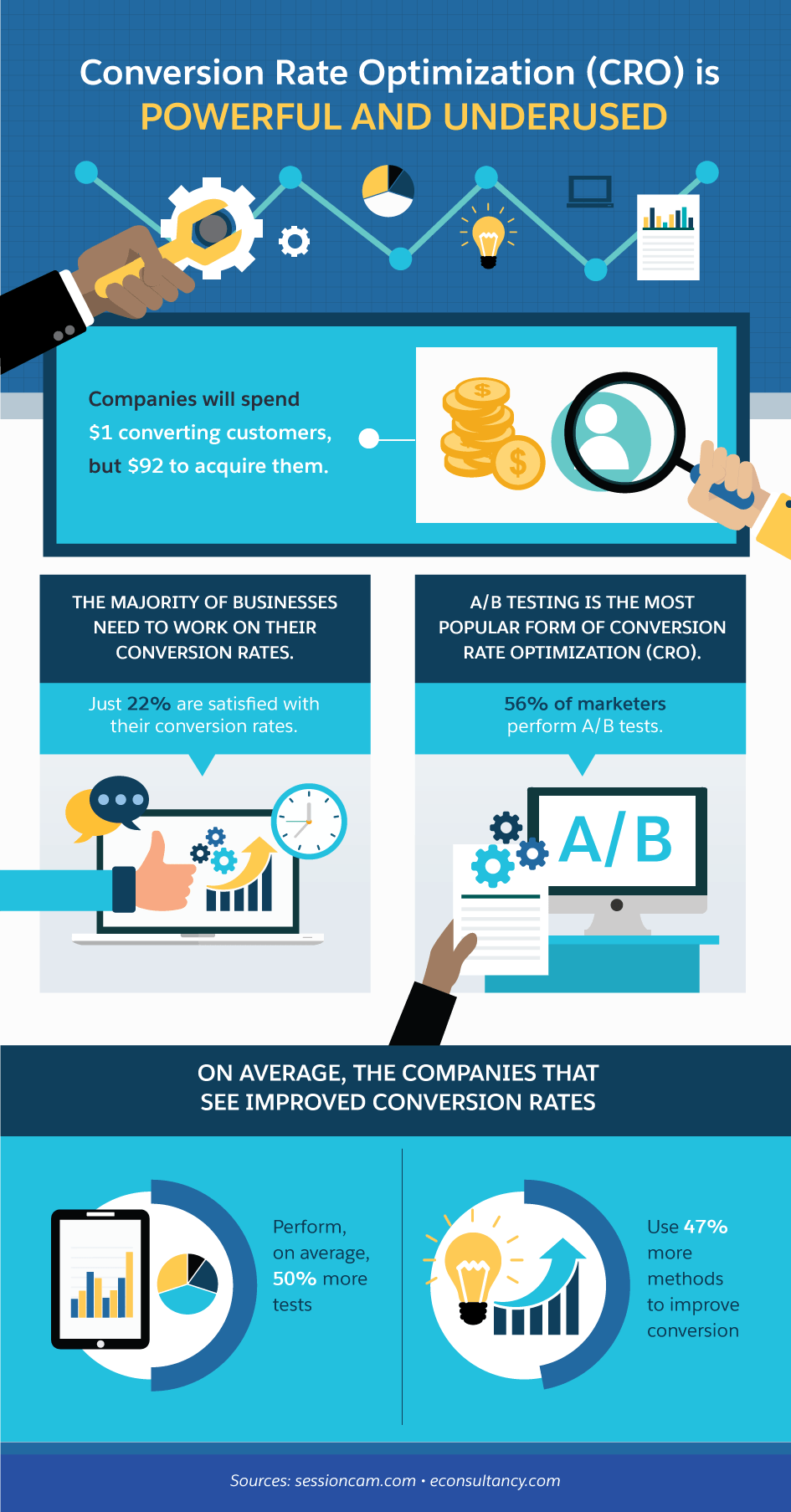How to Measure Ecommerce Success with Conversion Rate Optimisation
How much do you know about your customers and about their interactions with you?
If you have a physical store or rely heavily on the face-to-face interactions of salespeople, then you probably have some metrics by which to gauge your customer interactions – who is happy, who is upset, what sales of products or services look like compared to past months and past years.
Written By
Guest Blogger

Online vs. Offline Insight
But for those businesses that rely primarily on online interactions with customers, those interactions can be more difficult to measure. For example, how many people open an email newsletter – and how many people read articles in that newsletter?
When you set a goal for what a customer will do on your website, the number of customers who actually perform that desired action is called conversion, and the ability of you to maximize that is called conversion rate optimisation. And it’s not just about online sales; it’s about your website and other “touches” or points of marketing with those customers.
What many people also don’t understand is that gaining new customers is great, but retaining and converting existing customers to do repeat actions or new actions with you costs you much less—just a single dollar compared to $92 for the former.
Measure More Than Just Sales
That conversion rate optimisation, or CRO, doesn’t have to actually be a sale; that’s a misconception. It can simply be an action – signing up for a secondary newsletter, for example. And the thing about CRO is that it affects and needs input from a variety of departments in your company, including marketing (of course), development and customer service.
So how do you pay more attention to your CRO and make it work harder for you, adding stability to your online sales and store presence? One essential action is testing. All the time, and of everything. If you want the surest, simplest way to improve your CRO, testing is the way to go.
It’s also helpful to figure out what’s worked in the past. Is there a section of your website that always sees the most conversions, or an email template that never fails – no matter the message? All of that can help guide you to make more informed future decisions.
Keep Critically Reviewing Your Efforts
However, you should never be satisfied. You should always work to improve your conversions and improve your optimization rate. You can do that in a number of ways, one being including content that always prompts action, for example. You should always look at your materials and forms from the point of view of the user – do they work in a convenient, efficient manner?
And, of course, you have to learn about your customers by collecting data on them. What do they like and what do they dislike? Are their interactions with your website and marketing campaigns based on a frequency, and if so, what do you know about that frequency? And when they interact with you, even on an automated basis, is it trouble free? If not, how can you improve it?
There’s much to figure out for your conversion rate optimisation strategy, and with this simple graphic we can help you understand it better:

Infographic contributed by Salesforce.

